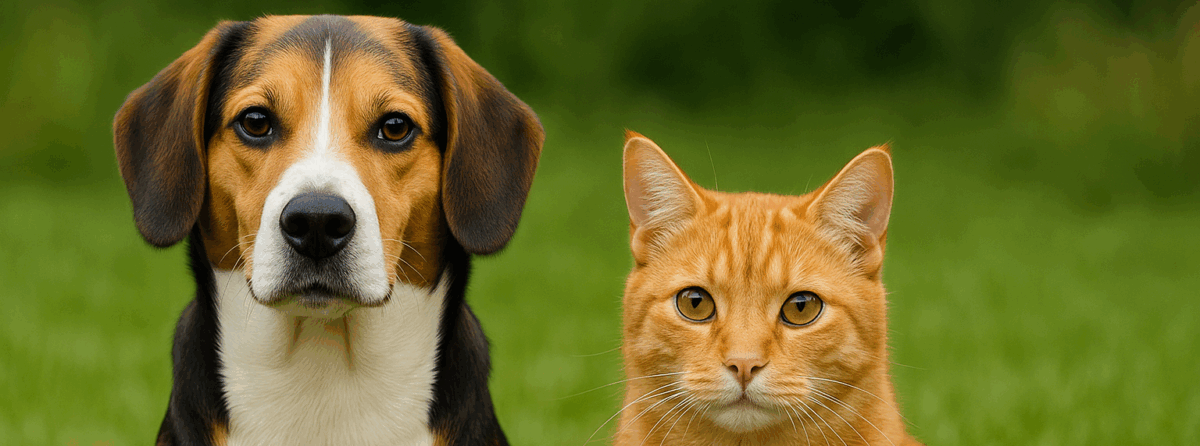I live with two furry supervisors: Milo (a leaf-biter) and Juniper (a jumper who tests gravity). I also love fresh flowers. Those two facts don’t always get along. So I spent a few months testing “safe for cats” flowers in my small apartment. I tried store bouquets, market stems, and a couple pet-friendly deliveries. I learned what holds up, what makes a mess, and what my cats actually leave alone.
Here’s the thing: lilies are out. I don’t mess around with lilies. Even the pollen can be dangerous for cats. So I set a high bar for safety and sanity.
If you're hunting for a quick cheat-sheet on which blooms pass the safety test, you can bookmark my honest take on cat-friendly flowers where I keep a running list of every pet-approved stem I’ve tried.
How I Tested (And Kept the Drama Low)
- Vases: heavy ceramic only. I put a little museum putty under the vase base. It’s not cute, but it works.
- Water: plain water. I skip the flower food packet since cats like to drink from vases.
- Placement: kitchen counter or a high bookcase. I use a silicone mat under the vase to catch drips.
- Cat decoy: a pot of cat grass on the coffee table. Milo chews that instead.
You know what? That simple setup saved me a lot of panic.
The Winners: Flowers My Cats Lived With (And I Loved)
Sunflowers
My picks: Trader Joe’s sunflowers and a pet-safe bouquet from The Bouqs Co.
- Safe for cats. Big faces. Bright mood.
- They lasted 6–8 days for me. I changed the water every other day.
- The pollen can shed, so I snip off the ultra dusty bits. Quick shake over the sink helps.
- Milo batted the petals once. No tummy trouble. Just tiny yellow crumbs on the counter.
Verdict: Cheap, cheerful, sturdy. Great for summer and fall.
Zinnias
Where I found them: my Saturday farmers market and a neighbor’s cut-your-own stand.
- Safe for cats and loaded with color.
- They can look limp if the water gets funky. Daily water change fixed that.
- One bunch lasted about a week. Another got powdery mildew fast. That’s on the grower, not the cat.
Verdict: Party colors in a jar. A tiny bit fussy but worth it.
Roses (Thorns Off!)
Bought at: Costco and my local grocery store.
- Roses are generally safe for cats, but remove thorns. Full stop.
- The scent was soft, not head-achy. I went with plain red and light pink.
- They lasted 7–10 days. I recut the stems. I pulled loose petals every day so Juniper wouldn’t scatter them like confetti.
- One time a dyed blue rose rubbed off on Milo’s whiskers. He looked like a tiny punk rocker. No harm, just blue.
Needless to say, a quick swipe with the cat wipes I actually use (and the ones my cats actually let me touch them with) took that blue tint right off Milo's whiskers.
Verdict: Classic, long-lasting, and cat-friendly if you trim smart.
Gerbera Daisies
Picked up at: Whole Foods and my corner florist.
- Safe for cats. Big, bold faces that feel like cartoons.
- Heads can droop, so I used a tall narrow vase, and once I added a bit of floral wire to support a stem.
- Juniper tried one chomp. No drama, just a ragged edge.
Verdict: Instant happy. Needs a supportive vase.
Snapdragons
Found at: farmers market and a mixed “pet safe” bouquet from UrbanStems.
- Safe for cats and tall. I loved the height.
- They lasted about 5 days. Not long, but lively.
- Yes, I did the classic “pinch the dragon mouth.” You have to. Cats stared. I felt judged.
Verdict: Short life, but fun and airy.
Phalaenopsis Orchid (the “Moth Orchid”)
From: a big-box store and a local nursery.
- Non-toxic to cats, and honestly, very low scent.
- One plant bloomed for two months with weak light in my east window.
- The ice cube watering trick is cute, but I got better results with a small weekly soak. Then I let it drain.
- Juniper knocked it once. The blooms didn’t shatter. Tougher than they look.
Verdict: The longest bloom for the money. Looks fancy, stays chill.
African Violets
From: a neighborhood plant shop.
- Safe for cats. Flowers in little waves.
- Fuzzy leaves attract cat noses. I had to move it up a shelf.
- Likes bright, indirect light. I water from the saucer, not the top, to protect the leaves.
Verdict: Sweet little color pops. Treat it gentle.
The “Whoops” List: Flowers I Now Skip
- Lilies (all types): a friend sent a lily bouquet once. I sent it right back. The pollen is scary for cats. If your cat touches it, call your vet.
- Tulips and Daffodils: spring favorites, but bulbs and stems can cause trouble. I keep them on the porch where cats can’t go.
- Baby’s Breath: I had a mild scare. Milo nibbled two sprigs from a mixed store bouquet and threw up. He was fine, but I don’t use it now.
- Eucalyptus: super trendy, not cat-safe. I like the look, but I pass.
- Carnations: I’ve read they can cause mild tummy upset. I had one in a market bunch, and Milo drooled after a nibble. Out it went.
Note: I’m not your vet. If your cat eats a plant and acts off, call your vet or a poison help line right away. For an easy directory of emergency veterinarians and poison hotlines, bookmark Pet Care Services before you ever need it.
For authoritative information on cat-safe flowers, consult the ASPCA’s comprehensive list of toxic and non-toxic plants. Additionally, PetMD offers a detailed guide on flowers and plants that are safe for cats.
Little Tricks That Saved My Nerves
- Heavy vase + museum putty. Keeps the smash factor low.
- Plain water. Those flower food packets have stuff I don’t want in cat tummies.
- Trim stems often. Fresh cuts, longer life, less slump.
- Cat grass on the table. Give the goblin a snack he’s allowed to chew.
- Herbs as fillers: rosemary and thyme looked great with roses and didn’t bother my cats.
On hot days, I even treated them to a scoop of faux-feline gelato—yes, cat ice cream is a thing, and here's what actually happened when I served it. The diversion kept them away from the bouquet for a solid half-hour.
While we’re talking about cat-safe home hacks, you might also like my breakdown of the cat grooming tools that actually worked for me—less loose fur means fewer petals stuck to it later.
Honestly, I used to think the fix was spray deterrent. Nope. Citrus oils can bug cats, and many oils aren’t safe. I just give them their own plant and keep flowers high.
What I Bought, What It Cost, How Long It Lasted
- Trader Joe’s sunflowers: about $6. Lasted a week.
- Costco roses (dozen): around $16. Lasted 7–10 days.
- Farmers market zinnias: $8–$12 a bunch. Lasted about a week with daily water change.
- UrbanStems pet-friendly bouquet: pricier, but it came labeled safe. Lasted a week and looked polished.
- The Bouqs Co. pet-safe bouquet: strong stems, good packing. A few blooms faded fast, but the rest held for 6–7 days.
- Phalaenopsis orchid (single spike): $20–$30. Blooms for weeks.
I liked having one spendy thing (orchid) and one fresh bunch each week. It felt special without wrecking my budget.
My Short List: Best Cat-Friendly Picks
- Everyday: sunflowers, roses (thorns removed), gerbera daisies
- Market days: zinnias, snapdragons
- Long haul: moth orchid, African violets
- Safe fillers I keep using: rosemary, thyme
If you want one bouquet that’s bright, cat-safe, and low fuss, go sunflowers with rosemary sprigs. It smells fresh, lasts a week, and my cats barely look at it.
Living solo with two cats has its perks, but sometimes the apartment feels extra quiet in the evenings. If you’re also a single pet parent looking to add some human companionship to your bouquet-filled life, consider checking out [Craigslist Women Seeking Men](

